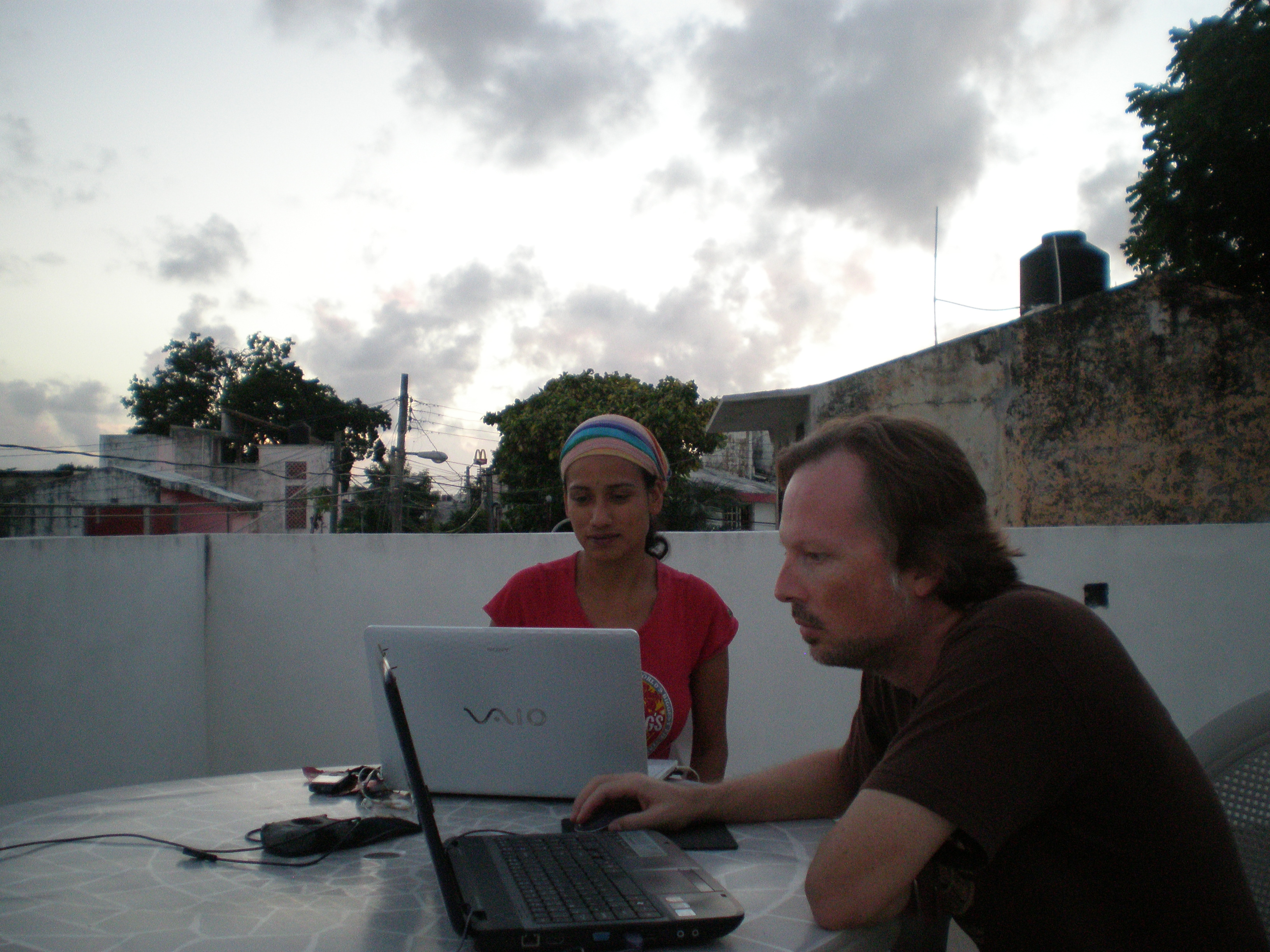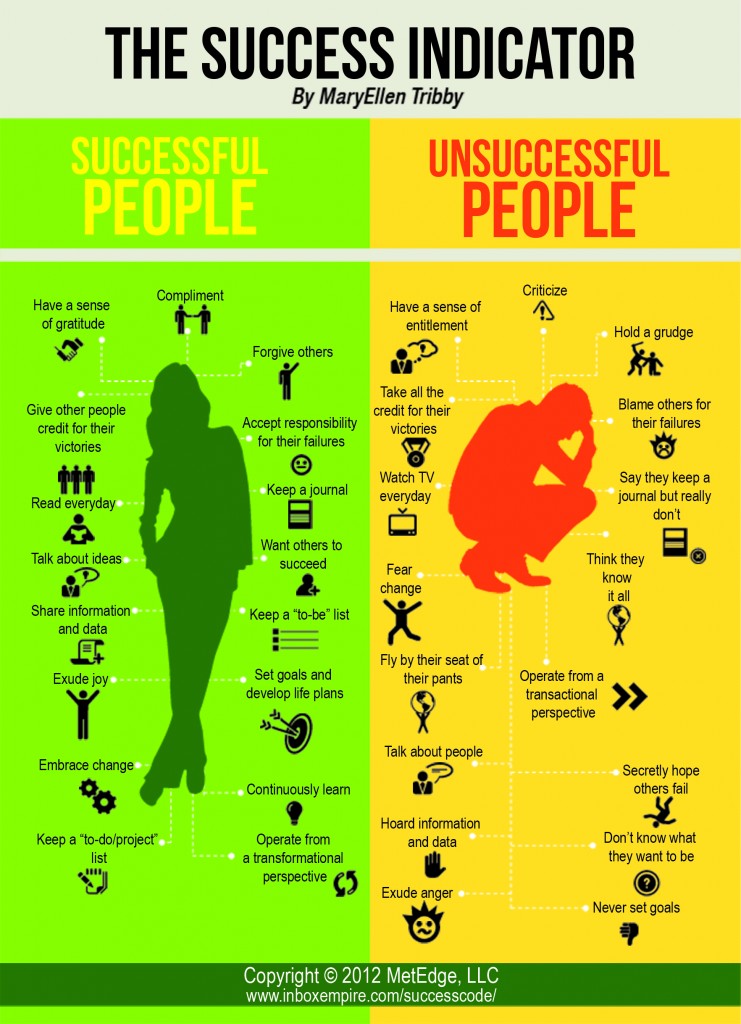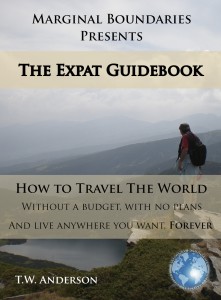
These days, blogs are a dime a dozen. Anyone, anywhere, can pick up a Blogger or a Tumblr or a WordPress account and start jotting down words, posting photos and creating content. Or pay 15 bucks and purchase a domain and install WordPress or Magento and go. But content alone does not = a business. And for those of you who are interested in building an actual for-profit blog, you need to understand that there is a difference between hobby blogging and profit blogging. A very big, livable-income difference.
Let’s start off with The Business of Travel Blogging. You can also read the same content from Sebastian from Off the Path over at his How to Become a Professional Blogger. In both cases you’ll see that professional, for-profit blogging is a labor-intensive project; it is not something that is done on a whim, nor is it something that can be done part-time, in your spare time, in between other projects.
If you want your blog to bring in an income, it takes a lot of hard work to get it to that point. Passive income is largely a myth, a marketing ploy created by the geniuses behind best-selling Amazon titles designed to lure the middle-class sucker into believing that they, too, can live a life of luxury on the beaches of X country while pulling in tens of thousands of dollars per month in income, all while working a mere two to four hours per week and outsourcing your grunt work to third world underlings.
But I digress. The point I want to make is that a profitable blog, one that makes a livable income for the person (or persons) running it, is a business. Not a hobby. And as such, it has to have a business plan behind it. Which means an overall business strategy, market research and development, public relations, press, publicity, social media marketing and management, graphic design and, most importantly, actual money utilized for marketing and outsourcing, if you don’t plan on doing the grunt work yourself.
A hobby is, as per the Wiki, defined as a regular activity done for pleasure – typically during leisure – e.g., collecting themed items and objects, engaging in creative and artistic pursuits, playing sports. Continual participation in a hobby can provide substantial skill and knowledge about it. Anyone who does an activity solely for fun is called an ‘amateur’ (from French for “lover of”) or ‘hobbyist’; whereas anyone who does an activity for a reward is a ‘professional’.
Let’s take a moment to analyze that statement. Anyone who does something for fun, simply for the pleasure of it, without earning a reward or income, is a hobbyist. A person who is earning an income (see reward) from their time is a professional.
In the travel blogging industry as a whole, the vast majority of travel bloggers I know of and read on a regular basis fall into the hobby blogging category. That is, they have a blog, they write content, they post photos, and they have social media channels, and they have readers. But they don’t make an income with their blog. Rather, they have an outside source of income which is funding their travel.
And there’s nothing wrong with that. That’s what they are comfortable with. It’s their hobby. It’s what they do for fun. In their downtime. For leisure.
On the flip side, I know of very few professional travel bloggers; I can count them on two hands. I’m sure there are more, but I’m talking about the ones I know of. I mentioned some of them in the Passive/Active Income article linked above that is part of the 12-part Life on the Road series I’m producing for International Travel Writers.
These are the ones who actually make a livable income from their blogs. They receive sponsored travel, they sell products, they sell advertising, they go on press trips, and they generate actual revenue with their content and their platforms (website, social media and beyond).
The primary difference between hobby bloggers and profit bloggers? An actual business plan for their brand above and beyond simply producing content.
The Myth of Content Generation
“If you write high quality content, traffic will eventually come and you will magically rise to the top of the search engine”.
This is the biggest, most bald-faced lie I know of when it comes to building a brand. Especially in light of the Freshness Factor and the whole social interaction tracker that is built into Google Analytics, which basically tracks social engagement across the entire Internet and then ranks your website in the SERPs based upon your number of engagements, date of engagements, and whether your content is fresh.
Combine that with Google’s Post-PRISM move to make all searches secure (apart from ad clicks) and move people into paying for access to stats for keyword research, Google+ Authorship and Authorship Ranking and you have a reality where SEO is of little to no importance above and beyond titles.
Instead, Google is checking a number of other stats to determine whether or not your content is “relevant” and thus worthy of being promoted in the search engines. First and foremost, they check the freshness factor. Then they check social engagement. And your Authorship. And then any associated Google Maps, tagged locations (I was here via Facebook, Foursquare, etc.) and so on and so forth.
Not just text links. Not merely keywords within an article. But rather the overall information of the piece and its relative correlations with other pieces of content, such as local businesses and social media platforms and YouTube videos and geo-tracked data such as Google maps and photos.
Which all boils down to this: if you don’t have a content marketing strategy in place to ensure that your content is getting blasted out to the masses via social media, syndication, press releases and beyond, your blog will will sit there collecting dust even while you spend countless hours writing content with the hopes that it will eventually boost you up to the #1 position of Google.
Imagine a hermit living in a cave. He’s the best painter that the world has ever seen. Better than Picasso. Better than Leonardo. Better than Rembrandt. Than van Gogh. Than anyone.
Problem is, he’s a hermit. He never showcases his work to anyone. The only creatures who even know his paintings exist are the rats and the bats which populate his cave alongside him. And considering they can’t talk or spread information about his paintings to anyone…no one will ever know that his paintings even exist, much less are the best the world has ever seen.
If you don’t have a content marketing strategy for your brand, you are the hermit living in the cave. It’s Lemonade Stand Marketing 101.
Digital Content Marketing and Advertising
The number 1 difference between hobby bloggers and profit bloggers is a content strategy. Part of which includes a marketing and advertising budget.
Which no hobby blogger I know of uses. And every professional, for-profit blogger I know of actually has and leverages.
Coca Cola, Toyota, National Geographic and any other multi-billion-dollar company you can think of have advertising budgets. Why, when they are household names known around the world that are instantly recognized and “trusted” for the value they have provided over the years to billions of consumers? Because that’s how they continue making billions and ensuring that their products are purchased by new generations of users.
Content marketing is advertising. Make no mistake about it. And if you don’t have an advertising budget and a content marketing strategy in place, you can expect to see little to no returns on any investments you make, including the time it takes to build up your brand and your blog.
A smart business budgets 20 to 30 percent of its income towards marketing and advertising. If you are a small business generating 100k a year, that’s 20-30k of operating capital, or 2000 – 2500 a month, more or less. If you are 50k a year business, 1200 a month is a good mark to shoot for.
Now, if a hobby blogger is satisfied with their hobby blog and has no desire to make an income with their blog, there is no reason to worry about a marketing budget or generating traffic to view the content written on the blog, because it’s done purely out of enjoyment. As a pastime. A hobby. Something done in leisure, for fun.
A hobby is not meant to generate income. Building model trains, planes, sculpting wooden scraps into flutes or small figurines are perfect examples of hobbies done simply for the enjoyment of the person doing so, and there is zero reason to have a marketing budget behind that pastime.
Which leads to me this point: if your blog is simply a hobby and you do it for fun, you have no ground to stand on when you throw a hissy fit because Facebook and other social media outlets want you to pay to use their services to market your content.

Infographic courtesy of Working Moms Only and MaryEllen Tribby
At the end of the day, social media outlets are advertising and content marketing platforms. They are not charities. They are not run by volunteers. And they have every right to charge for the digital real estate, to keep the servers going, the developers working, and the wheels turning.
Just as much as you would pay for a full-page spread in a magazine, or a header ad on Yahoo’s home page, or a sidebar ad on YouTube, or a logo placement on a YouTube video or a producer’s credit in a film, social media outlets are advertising platforms that have every right to charge for the space you take up when you publish content via their platforms.
In the last few months (as of this writing) there has been an outcry from the hobby bloggers of the world that “it’s not fair” that Facebook is now charging brand pages for their content to be promoted in the news feeds of followers. “We’ve lost over 80% of our traffic”, some of them cry.
They stamp their feet. They groan and mumble. They cry out, “We are going to stop using Facebook because it’s not fair they are charging me for traffic!” And at the end of the day it’s for nothing. Why? Because they are hobby bloggers, and the traffic coming into their blogs from Facebook (and other sources) is nothing more than vanity traffic. It’s “feel good” traffic.
Since a hobby blogger’s traffic is purely vanity traffic and does not serve an income purpose, they have no reason to be paying for said traffic. An advertising budget = pointless for a hobbyist, because a hobby is something done for free, in your leisure time, for fun and your own personal enjoyment. It is not a business.
An 80% drop in traffic for a hobby blogger = absolutely no change whatsoever on the functioning of said hobby blog. It has no negative impact on the hobby blogger’s income or their blog’s value in the eyes of investors…because they have none (income or real-world value) They aren’t a business. They are simply hobbyists, tinkering with something in their spare time, for fun.
Profit bloggers, on the other hand, are running a business. They have advertising budgets. A content marketing strategy. One that includes setting aside 20 to 30 percent of the working capital to use towards paying for advertising space on other people’s websites, for paid StumbleUpon ads, for paid Google+ advertisements as part of the Google Display Network, for paid Instagram and Pinterest ads, for Facebook advertising, for press releases, sponsored posts, social media advertising and beyond.
Profit bloggers have income strategies in place from day one to ensure that the traffic coming into the website isn’t just vanity traffic. They have eBooks and other products, consultation services, social media management services, freelance services such as content generation, website development, photography and graphic design. There is a business plan in place so that when traffic comes to the website, it’s not just there for simple enjoyment; there are numerous pathways for the reader to take once they arrive at the website, and all of them end in a for-profit action at some point or another.
Profit bloggers have numerous income strategies in place at their blog to ensure that their advertising spend is compensated by revenue (ROI, otherwise known as a return on investment). They don’t have a problem paying for advertising and content marketing, because they are generating income with their sites; they are professionals, not hobbyists.
And lastly, but certainly not least, profit bloggers are not hermits living in caves. They are social butterflies who use every single tool in the shed to guarantee global saturation of their content to ensure maximum readership and, ultimately, income to keep the blog functioning, the light bill paid, food on the table, and a roof over their heads.
Brand Building 101
A brand is a business. And any good business, regardless of how large or small, needs working capital. An initial investment. I like to use the 15 to 20 percent rule. That is, any business out there needs a 15 to 20 percent initial cash infusion to get off the ground. For more information, check out the Why Not Everyone Will Never Be Entrepreneur articles; read Part One here and Part Two here.
For a travel blog, that means one to two years of “building up” until you have enough traffic to generate a livable income. Nobody starts off with 50k followers and 10k a month in sales. It means paying for content marketing and advertising as part of your marketing strategy. It means paying for press releases. Sending out proposals. Press kits. Answering emails. Managing your social media. And so much more.
A hobby blog can become a profit blog. All it takes is the understanding from the person behind the blog that in order to generate a profit the blog must: A) Have an advertising budget; and B) Have income-producing products and services at the blog to guide readers to once they arrive.
For travel bloggers, one of the easiest ways to generate a profit is with advertising. That’s what our blogs are: advertising platforms. They are beachfront real estate in the digital marketplace. Hotels, restaurants, tour agencies, governments, other businesses and beyond understand how advertising works. That’s how we get press trips and sponsored travel and free meals and tours; we trade advertising space for those perks.
But there’s so much more than just sponsored travel. You can use any of the examples talked about above to start generating an income for your blog, but you have to be willing to invest in your business in order for it to become an actual business.
Professionals are not cheapskates. Professionals are not afraid of change. They are not afraid of spending money to make money. They don’t fly by the seat of their pants; they plan and practice, fail and succeed, learn and move on. Professionals have an advertising budget. They set aside 20 to 30 percent of their income to market their blog, their content, their services. They don’t complain about the costs, because running a business isn’t something that can be done for free.
Don’t have the money right now to advertise and market your content? Go back to the drawing board until you do. Work a second or third job, like everyone else did before their blogs started making money, and save up enough cash to actually build a business. Because until you do…you don’t have a business. You have a hobby.
As Adrienne Graham said in this brilliant piece for Forbes, No, You Can’t Pick My Brain. It Costs Too Much, when her friends and potential clients have mentioned, “You know I don’t have that much money”, her reply is “SO WHAT! That means you either have to delay your plans or come up with the money to fund your dreams. Period.”
You get what you pay for, and if all you are willing to put in is zero, that’s all you will ever get back in return.
Don’t forget to sign up for our free newsletter for several-times-a-week, your-eyes-only travel and entrepreneur tips, plus receive a complimentary copy of our 85-page starter book on location independence and living abroad, 30 Ways in 30 Days.








Ayep, Mary; you guys know the gamut
Thank you for this very helpful and informative post! There are a lot of great tips in here. You’re right, you must invest in your business!
[…] You get what you pay for in business and blogging, and if all you put in is zero, that's all you can expect to get out in return. http://www.empowernetwork.com/almostasecret?id=evolvingworld […]
[…] You get what you pay for in business and blogging, and if all you put in is zero, that's all you can expect to get out in return. […]
Glad you enjoyed it, Valen. We work hard at our own, and are happy to share some of the behind-the-scenes tips on what it takes to run an actual business blog as opposed to just doing it for free/fun.
Great article with information that many bloggers who are trying to make a business of it should great. I especially like the graph of successful people vs. unsuccessful people!!
Cheers, Dan
There’s absolutely nothing wrong with doing it for fun, either. But if you want it to be professional, you gotta pony up and pay…or you don’t have a business. You have a hobby. Like building toy cars.
Awesome article. Very true that being a professional you must invest in your business or else you’re just doing it for fun
Cheers, Kenin
Great stuff as always Tim!